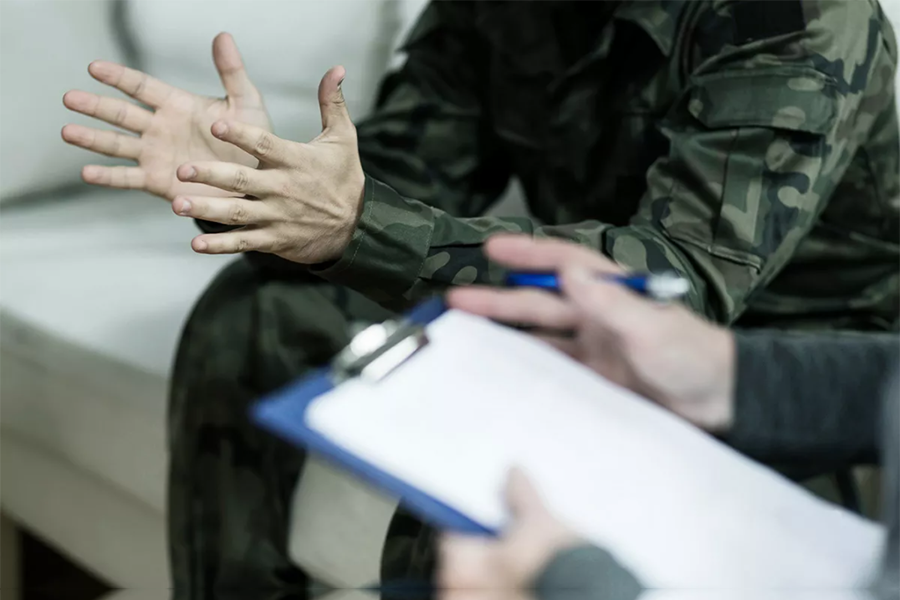National Center for Rehabilitative Auditory Research (NCRAR)
Acquired Central Auditory Processing Disorder in Service Members and Veterans

Military Service members and Veterans are at increased of auditory processing disorders from a wide range of exposures such as high-intensity blast waves, neurotrauma, hazardous noise, and chemical contacts. Many patients exposed to these risk factors who report hearing difficulty are found to have normal hearing sensitivity, suggesting deficits in how the brain processes sound as opposed to overt damage to the cochlea. Unfortunately, many audiologists are unfamiliar with these military-related auditory risk factors, and no defined protocol exits in either the Departments of Defense (DoD) or Veterans Affairs (VA) to guide clinicians in the diagnosis and rehabilitation of these patients.
The present work is a result of collaboration among auditory scientists and clinicians at the VA and DoD devoted to improving clinical care and outcomes for this patient population. Here, we present a review of available literature that describes key findings relating to military risk factors and clinical considerations for the assessment and care of those exposed. We further identify critical gaps in knowledge where additional research is needed to characterize mechanisms, sources of variance, and differential diagnosis necessary to guide effective clinical assessment and rehabilitation strategies in this population. The full journal article can be found here.
Finally, this work highlights the importance of investment in both research and clinical training at the VA and DoD to ensure that staff are informed, trained, and equipped to implement effective patient care. JSLHR created a great infographic for this manuscript (found here: https://my.visme.co/projects/mxr6k9pd-d3o26vxgkv67lgxw).



















